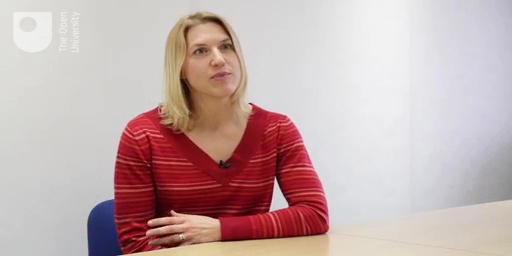5.2 Networking
Your contacts and networks can help you find jobs, especially those that have not been publicly advertised. These can include friends or family as well as previous professional contacts and, as you’ll find out in Week 2, you can use online networks such as LinkedIn to reconnect to people you have lost touch with.
One of the returners from the Open University survey of women who had returned to STEM was Sharon, a bio-medical scientist. She describes how she was originally reluctant to network but was advised:
‘... to make contacts and the way to find a job is not necessarily to go for the applied jobs, the advertised jobs, people may create jobs for you’, and of course that’s exactly what happened with me because I went to the supervisor and … basically he created a project, he had a sort of an idea of something, a half-baked idea that he would like to have done, and here I came along, and then he said ‘well, I’ll apply for the funding’, so he did create the job, […] I thought ‘yeah, right, that will never happen’, and it did!’
My husband … was on secondment there in a different department, but because he had to speak to the department I’m now in as part of his work in chatting just sort of ‘oh, well I know somebody who would quite like a job here’, so he gave my CV to the Head of Department and then it went from there. That was not a usual kind of way in.
Rachel, who returned to work in the engineering industry, discusses the role of networks and unpaid work experience in her return to employment.

Transcript
This is an example of what is sometimes called the hidden job market – you may be surprised to learn that over 70 per cent of jobs are not openly advertised and rely on personal networks and contacts for recruitment. You will explore more about using networking as a strategy in Week 6.
